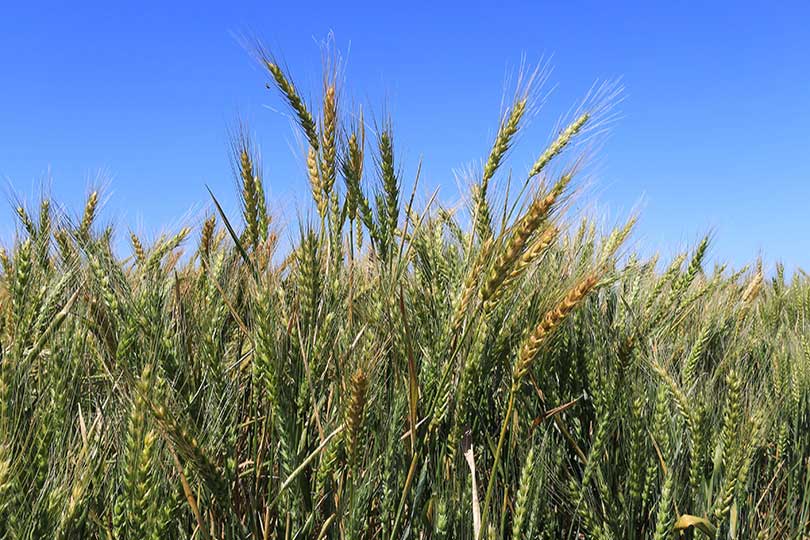The U.S. Department of Agriculture (USDA) forecasts agricultural exports to increase by $6 billion, totaling $133 billion in the fiscal year starting Oct. 1, according to Agri-Pulse.
The increase in exports is partly due to higher exports of oilseeds and products, horticultural goods, cotton, livestock, dairy and poultry, according to the quarterly report by USDA’s Foreign Agricultural Service and Economic Research Service.
“These numbers once again demonstrate the resiliency and reliability of U.S. farmers and ranchers in the face of continued challenges,” Agriculture Secretary Tom Vilsack said in a statement. He said the projections for the next fiscal year, if realized, would be the sixth highest on record.
“Exports are responsible for 20 percent of U.S. farm income, also driving rural economic activity and supporting more than one million American jobs on and off the farm,” Vilsack said.
The USDA is working to eliminate restrictions on U.S. beef exports. Vilsack said beef exports are expected to increase to $5.3 billion in 2017, well above the $1.5 billion exported in FY 2004 after the discovery of a case of mad cow disease.
The report also projected China returning as the United States’ top export market in 2017. China’s purchases are expected to be $3.5 billion higher than the current year.
Exports of cotton, livestock, dairy and poultry products are forecast to increase. Grain and food exports are forecast unchanged and the horticultural products exports are also forecast to increase. Fresh fruit and vegetables are forecast down.


If this will be the 6th highest on record, why do farmers receive so much in welfare? Oh, I’m sorry, I mean subsidies!
National food security is the foundation of farm policies. These policies have changed drastically in the last 10-15 years. The U.S. no longer relies on traditional subsidy programs to protect national food security. Instead, crop insurance programs provide a limited safety net for farmers.